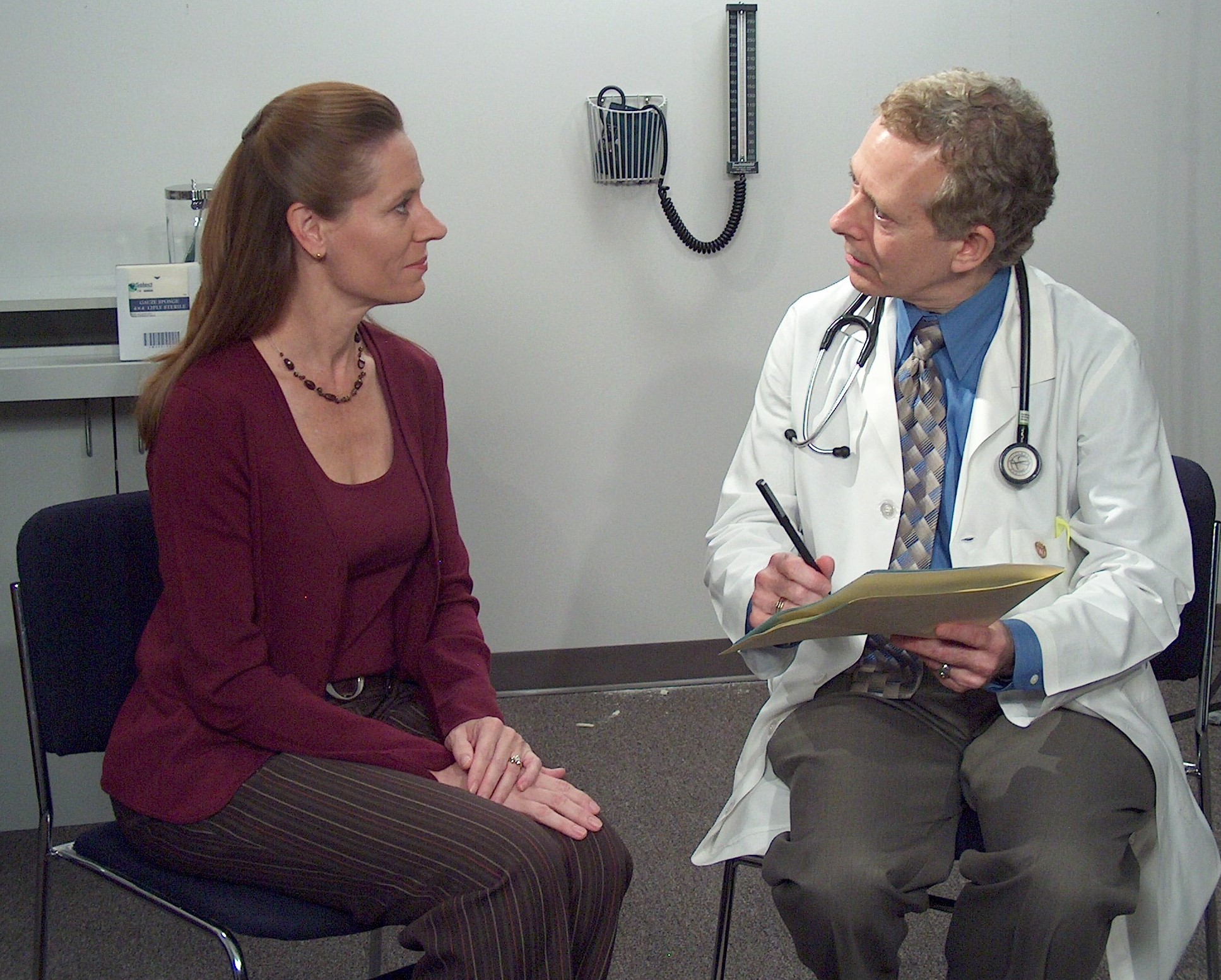Practice Using NIAAA Guildlines for
Alcohol Screening & Brief Interventions
Designed for Healthcare Providers and Educational Institutions by World-Class Subject-Matter Experts †
Annual License Fee Just $69
Group Discounts Available
Try or PurchaseTraining Objectives
- Developing an accurate diagnosis
- Using patient-centered communications
- Covering NIAAA-recommended screening topics
- Covering NIAAA-recommended brief intervention topics
Training Content
- Comprehensive educational content
- Role-play practice with role-player Christy Johnson
- Feedback
- Ongoing
- Summary
- Ongoing
- Summary
The Role-Play Scenario
You are a healthcare practitioner in a clinic. You will be talking with role-player, Christy Johnson, a 42-year-old new patient.
She was in a minor car accident and went to the ER immediately afterwords, complaining of a severe headache. Her CAT scan was normal, but she made an appointment with you for follow-up care. You find her vital signs are normal.
Now it's time to talk to her about her alcohol use.

About Christy
She provides you with a variety of expereices. Sometimes she will be:
- Low-Risk - A patient is at low-risk if they drink within the recommended drinking limits.
- At-Risk - A patient is at-risk if they exceed the daily and/or weekly drinking limits.
- Problem - A patient has an alcohol use problem if his or her drinking has repeatedly caused or contributed to risk of bodily harm, relationship trouble, role failure, or run-ins with the law.
- Dependent - A patient has an alcohol dependency problem if he or she cannot stick to drinking limits, has not been able to cut down or stop despite repeated attempts, has shown signs of tolerance or withdrawal, has kept drinking despite problems, spends a lot of time drinking, or has spent less time on other activities that had been important or pleasurable in order to drink
but she will never be the same twice.
Credits
This work was funded by the National Institute on Alcohol Abuse and Alcoholism [NIAAA Grant R42 AA016486].
†Subject Matter Experts
The subject-matter experts were a team from The University of Wisconsin lead by Michael Fleming, MD, MPH, and included Paul Grossberg, MD, Judie Pfeifer, MEd, Stephanie Schiro, BA, Jane Banning, MSSW, and Susan Skochelak, MD, MPH.
Download Research Paper
SIMmersion's PeopleSim® Technology
This training system was created using the PeopleSim® technology, a SIMmersion proprietary technology used for a variety of applications. For this practice system, each user statement typically has from 7 to 15 responses. To choose the response given by Sierra, the PeopleSim technology calculates probabilities for each of the possible responses based on current conditions, and then uses the probabilities to select a response. The probability calculations are based on one of her different randomly selected personalities and on the relationship the user has developed with him during the conversation.
Sierra starts each session with a cautious frame of mind. Everything the user says is rated according to the impact it has on the relationship with her. Thus as the conversation proceeds, the relationship will evolve. Click here to read more about SIMmersion’s PeopleSim Technology or watch the video.
